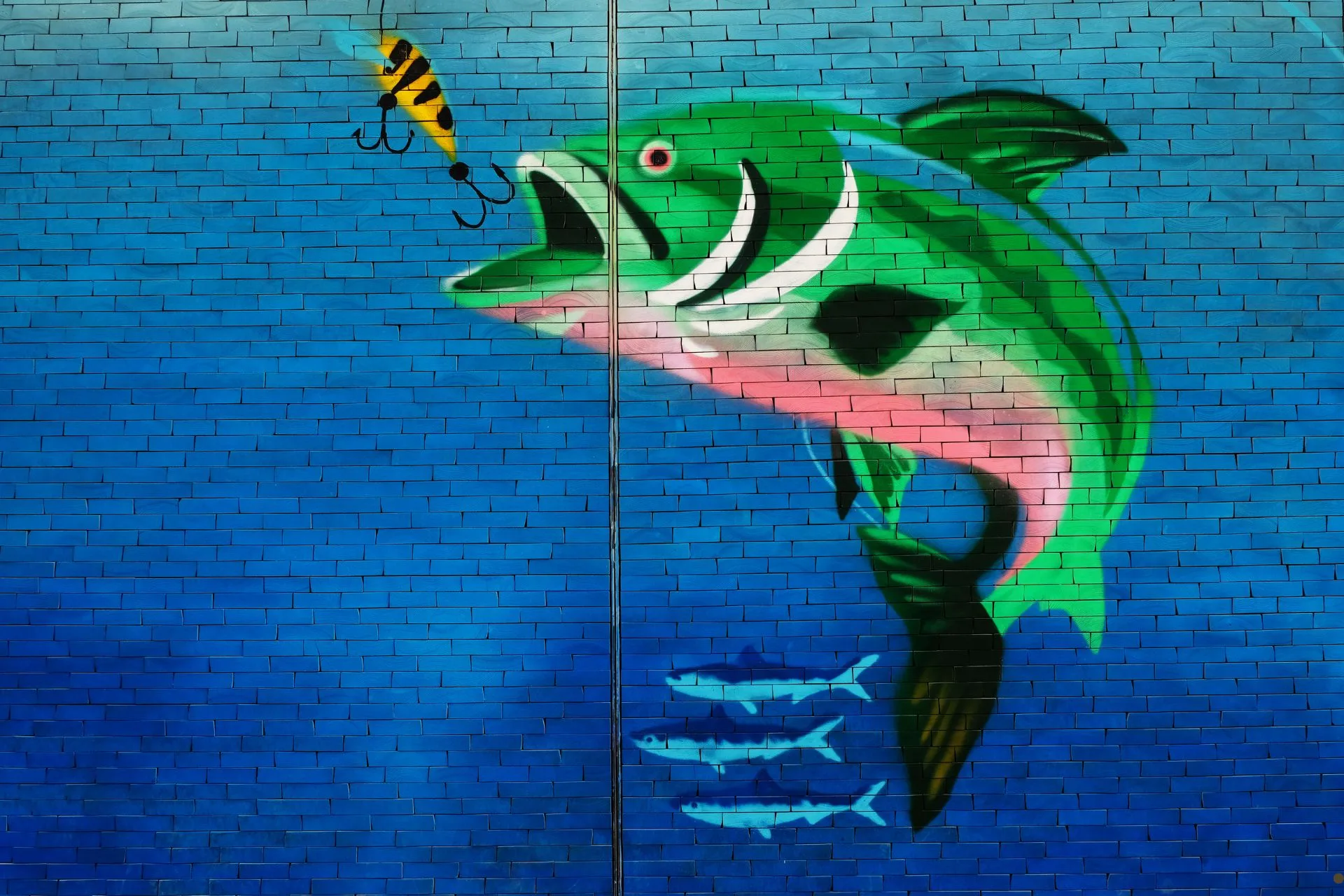Anglers do not always get hooks in the fish’s mouth. They can hook up with trees, snags, friend’s or themselves. Each hook up has its own set of problems. None of these hook ups involves the fish. These hook ups tend to cause Foul language, pain, and a ruined day, not to mention the loss of tackle and fishing time.
Sometimes the hook ups do not go as planned for the fish. Even though the fish may do their best to bite your fly, bait, or lure, they may miss. Sharp hooks will hook wherever they touch.
Fish are blind when looking straight ahead. Their eyes are on the side of their head so they cannot see what is directly in front of them. Like birds, their eyes do move in their eye sockets. They need to turn their heads to see what is directly under their nose.
This is why fish can get snagged, rather than being hooked. The strike may also be fast and furious, which means that the fish may miss the target. Sharp hooks may penetrate other areas than their mouth. This is when we say that a fish is “Foul Hooked.” Sometimes the fish gets Foul Hooked during a battle when they jump or fight hard. Multiple hooks get stuck wherever,
This is when landing the fish will involve a new strategy. Foul Hooking means that the fish cannot fight in a traditional way. Instead, they become snared in the line or treble hooks.
Time is a factor. If you plan to catch and release a fish, the clock is running. The longer you must fight the fish, the less likely they will survive. Fish at the mercy of the water currents can’t breathe and are drowning. Long, extended battles mean more lactic acid will build up in the fish’s body and muscles. Even after being released, the tired fish may not eat for an extended time.
I once hooked a HUGE carp by the tail. I was fishing for white perch using a single hook shad dart. The carp slapped its tail, and I set the hook. Since I was using a light rod and reel, the battle seemed to last forever. I finally got the carp close enough to grab it by the tail and pull out the hook.
When snagged onto a fish, try to keep the battle short. Go with the fish and try to work it into shallow water. Sometimes, you can loosen the reels drag and let the fish fight at will. The hooks may release. You could also tighten the drag and break the fish off. When a fish is side hooked, the fish gains leverage against the current. Go with the fish to gain control.
Just because you may be using barbless hooks does not mean the fish will unhook themselves. A sharp hook will often hold firm. A barbed hook will make a larger hole than a barbless hook. This means that there is a better chance of removing a barbed hook more easily as the hook turns.
If you put the top third of your rod in the water, the fish may swim up current toward you. Now you have a chance to work it into shallow water.
Once you have the fish, keep it in the water. In some states, a snagged fish must be released and cannot be kept. This often applies to salmon anglers that “Floss” or snag fish in the mouth. If the fish is not hooked in, or on the side of the mouth, it is considered foul hooked.
Allow the fish to recover before being released. Raptors like eagles, ospreys, and other predators will quickly devour a weakened released fish. Give the fish a chance to swim on its own before letting it go. Keep the fish wet to avoid removing scales and mucous. The net is perfect for containing fish.
Just because a lure comes with multiple sets of treble hooks does not mean they work. I often remove the trebles and add a larger, sharp single hook to the back of the plug. Maybe just a single hook in the middle is enough. If the fish tends to tail slap, like striped bass, remove all the hooks from the popping lure and add a single hooked bucktail to the back. Tail slappers are looking to stun the popping fish and then eat the stunned ones. The bucktail ends up on in the feeding fish’s mouth.
Hookem right!
Montana Grant




